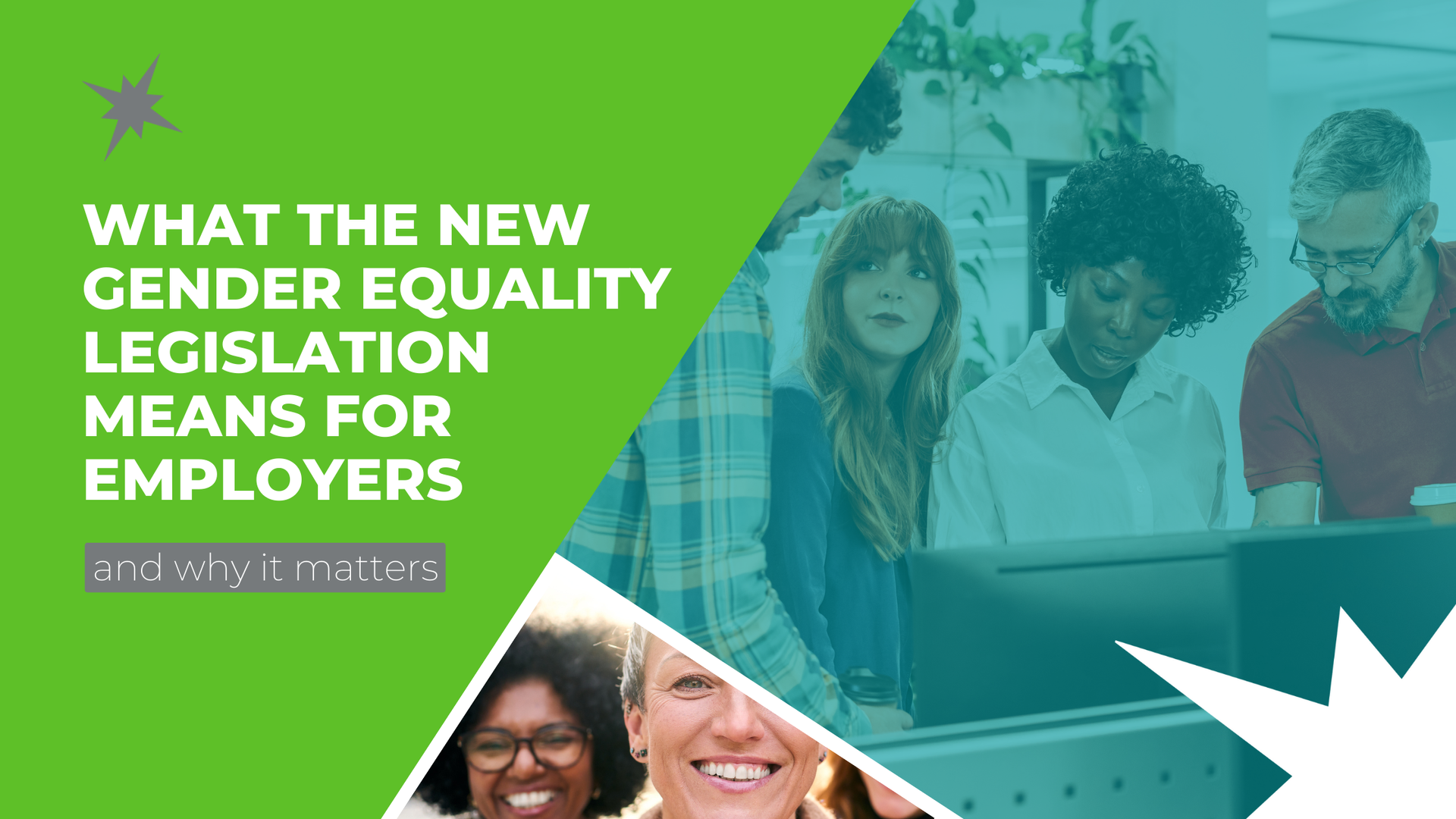Blog
< Back to Blogs
The Human Element of Technology Hiring in 2025

As artificial intelligence and automation continue to reshape industries, the demand for technical expertise has never been greater. Yet, the most forward-thinking organisations are realising that hiring for hard skills alone isn’t enough. In 2025, the ability to balance technical proficiency with human-centric qualities like adaptability, creativity, and emotional intelligence will define the leaders in tech hiring.
Here’s how organisations can strike that balance and why it’s critical for long-term success.
The Growing Demand for Soft Skills in Tech
AI may be able to process data faster than any human, but it still can’t replicate key human capabilities. Problem-solving, collaboration, and emotional intelligence remain essential for navigating complex projects and encouraging innovation. According to Deloitte’s Future of Work report, 92% of executives believe that soft skills are equally or more important than technical skills in building the workforce of the future.
As technology advances, the roles of tech professionals are becoming more interdisciplinary. Software engineers, for instance, are expected not only to write code but also to collaborate across teams, understand business objectives, and communicate with non-technical stakeholders. This evolving dynamic makes soft skills indispensable.
Why the Human Element Matters More Than Ever
- Bridging the Gap Between Tech and Business
The ability to translate technical concepts into actionable business strategies is a rare and valuable skill. Employees who can bridge this gap allow for better collaboration between teams and drive organisational goals forward. - Innovation Through Creativity
While AI excels at automation, creativity is inherently human. Tech professionals with the ability to think outside the box are essential for developing innovative solutions that keep organisations ahead of the curve. - Resilience and Adaptability
The tech landscape evolves at lightning speed. Employees who can pivot, learn new skills, and adapt to change are critical for organisations looking to stay competitive. - Building Stronger Teams Through Emotional Intelligence
Emotional intelligence - understanding and managing emotions in ourselves and others - is key to effective teamwork. In a hybrid work world, employees with strong EQ can build trust, resolve conflicts, and maintain morale.
Finding the Right Balance in Your Hiring Strategy
To hire effectively in 2025, organisations should go beyond job descriptions that focus solely on technical skills. Here’s how to integrate the human element into your hiring process:
1. Revamp Your Job Descriptions
Focus on holistic attributes. Instead of listing only technical qualifications, include desired soft skills such as problem-solving, adaptability, and teamwork. Use language that highlights your organisation’s values and culture to attract candidates who align with your mission.
2. Assess Soft Skills During the Hiring Process
Incorporate behavioural interview questions that reveal candidates’ interpersonal abilities and problem-solving approaches. Questions like, “Tell us about a time you navigated a challenging team dynamic,” can reveal insights into emotional intelligence and adaptability.
3. Use Technology to Enhance, Not Replace, Human Judgement
Leverage AI and data-driven tools for initial screening, but ensure that final decisions involve human interaction. Technology can streamline processes, but hiring managers must assess cultural fit and human qualities in person or through meaningful virtual conversations.
4. Provide Ongoing Development Opportunities
The hiring process doesn’t end once a candidate is onboarded. Offer training programs that enhance both technical skills and soft skills. Leadership development, emotional intelligence workshops, and innovation training can equip employees with the tools they need to succeed.
Preparing for the Workforce of the Future
As the lines between technology and humanity blur, successful organisations will be those that recognise the value of both. Hiring for technical expertise without considering the human element risks creating a workforce that’s skilled but disconnected.
In 2025 and beyond, the most impactful tech teams will be those that combine the best of both worlds - leveraging AI and automation while prioritising adaptability, creativity, and emotional intelligence.
At EITR, we specialise in helping organisations build tech teams that thrive in a dynamic world. Let’s discuss how we can help you find the perfect balance in your hiring strategy.
Share This Article
Recent Articles


Filter By Category
Subscribe to our News & Advice
We will get back to you as soon as possible.
Please try again later.






All content copyrighted Enterprise IT Resources © All rights reserved | Privacy Policy | Collection Statement | Powered with 💚 by Shazamme








